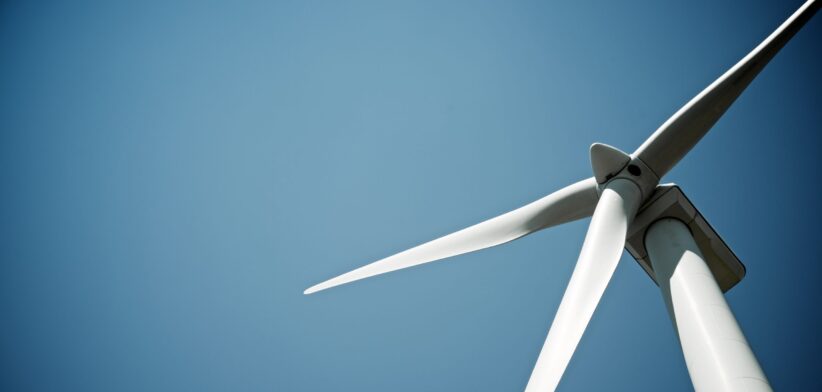Fully recyclable wind turbine blades are a step closer, with developers optimistic they will help end the process of old blades ending up in landfill.
Researchers at the U.S. Department of Energy’s National Renewable Energy Laboratory (NREL) have revealed a new process to manufacture bio-derivable wind blades that can be chemically recycled and the components reused to build new blades.
NREL postdoctoral researcher Ryan Clarke said the team developed a new resin, PECAN, which was made of materials produced using bio-derivable resources.
Mr Clarke said it performed on par with the current industry standard of blades made from a thermoset resin and outperformed certain thermoplastic resins intended to be recyclable.
“Under existing technology, wind blades last about 20 years, and afterward they can be mechanically recycled, such as shredded, for use as concrete filler. PECAN marks a leap forward because of the ability to recycle the blades using mild chemical processes.”
He said the chemical recycling process allowed the components of the blades to be recaptured and reused again and again, allowing the remanufacture of the same product.
“It is truly a limitless approach if it’s done right.”
He said the chemical process was able to completely break down a prototype blade in six hours.
NREL’s associate laboratory director Johney Green said the PECAN method for developing recyclable wind turbine blades was a critically important step in efforts to foster a circular economy for energy materials.








